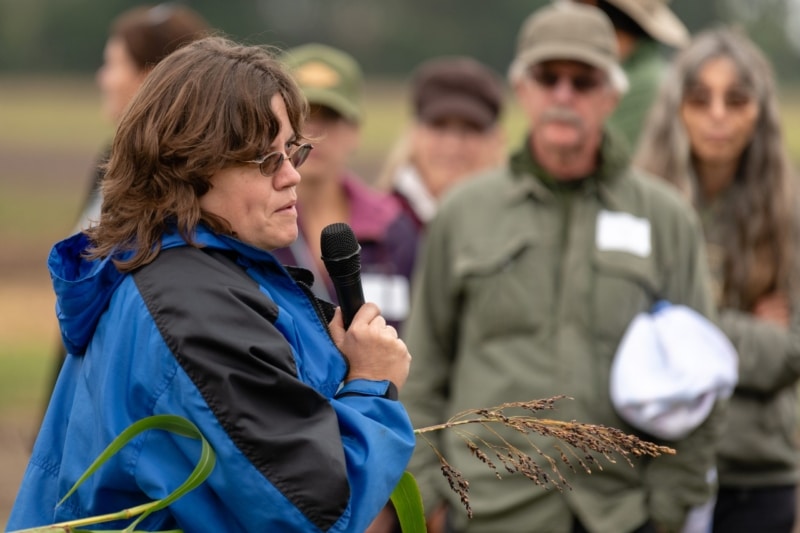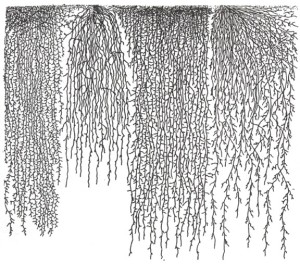A thin layer made up of minerals, organic matter, roots, microbes, gases and water forms the basis of life for people and many other species. But given its importance, what soil actually is, and how it varies from place to place remains a mystery to most people. It turns out soils vary tremendously around the planet, reflecting unique, site-specific interactions between the things that make up soils — minerals from rocks or sediments, climate, organisms (such as vegetation and soil microbes) and topography.
Soils can be young, meaning they have not developed very much since a glacier or volcanic eruption hit the “re-start” button of soil formation. And in the absence of glacial or geologic activity, soils can be “old” — minerals gradually dissolve and recrystallize, losing nutrients that plants require to leaching or erosion. Given this natural variability in soils, it is not surprising that there exists no single definition or criterion of soil health that is applicable everywhere. Soil with 2% organic matter might be considered super-healthy in Arizona, while the same content might be considered under-the-weather in Kansas.
One approach our researchers have found to be useful is to establish regionally-specific benchmarks of soil health based on features of intact, never-tilled soils found under native vegetation. These soils portray what is possible, and thus what is healthy in particular geographic regions, especially with respect to soil organic matter contents and microbial activity. Some soils naturally have “unhealthy” attributes for agriculture, such as high salinity or acidity, which require management solutions for agriculture to be productive. But in general, soils that develop in natural ecosystems set a high bar of meaningful soil health attributes for agriculture to aim for.
A Nonrenewable Resource
On average, the global rate of soil loss from plowed agricultural ecosystems is 380 times that of soil accumulation in native ecosystems. In other words, a prairie or grassland would need 380 years to rebuild the soil that’s lost on an annual basis due to erosion from tilled farms. Soil neatly fits the definition of a nonrenewable resource — current populations deplete soil much more quickly than they rebuild it.
We recognize the synergies between soil health and climate change mitigation and remediation, and see the opportunity to achieve a three-for-one bargain. Increasing soil carbon can dramatically improve soil health and the productive capacity of plants growing on that soil. Storing atmospheric carbon in soil also helps to remedy climate change by removing CO₂ from the atmosphere, where it has been forcing global temperature increase. Finally, better soil quality helps with climate change adaptation, since soil with greater water and nutrient storage and release capacity will help plants survive the stresses that are caused by climate change.
Download full PDF








